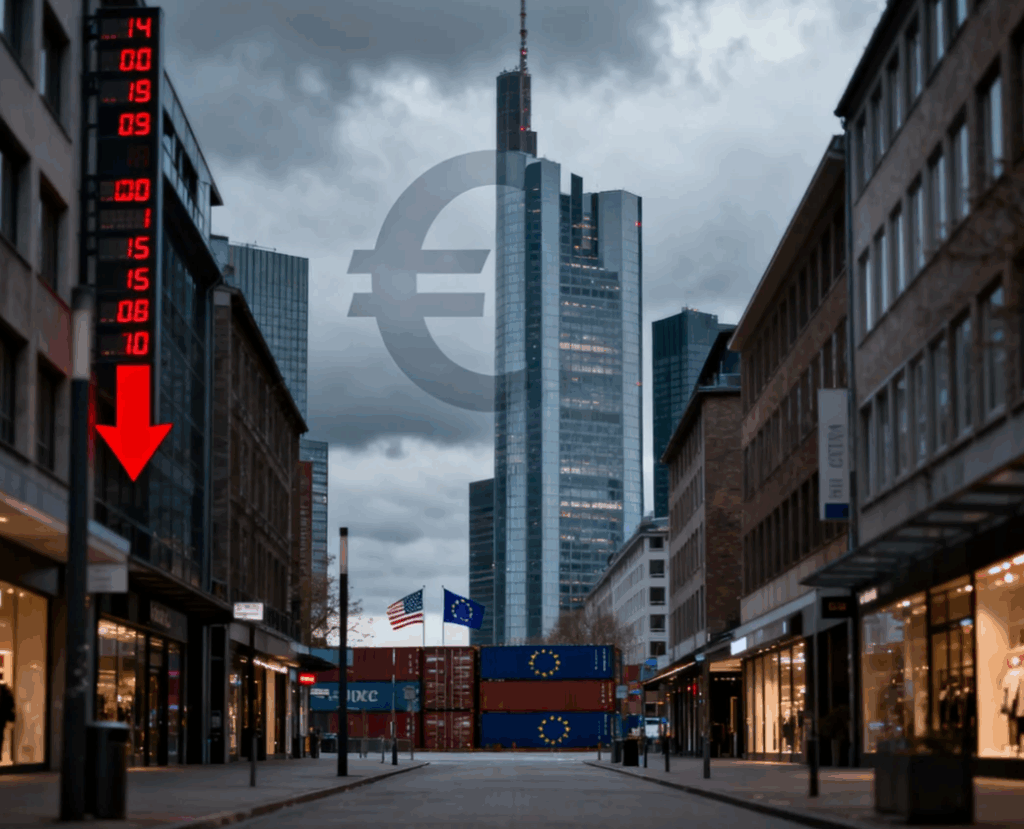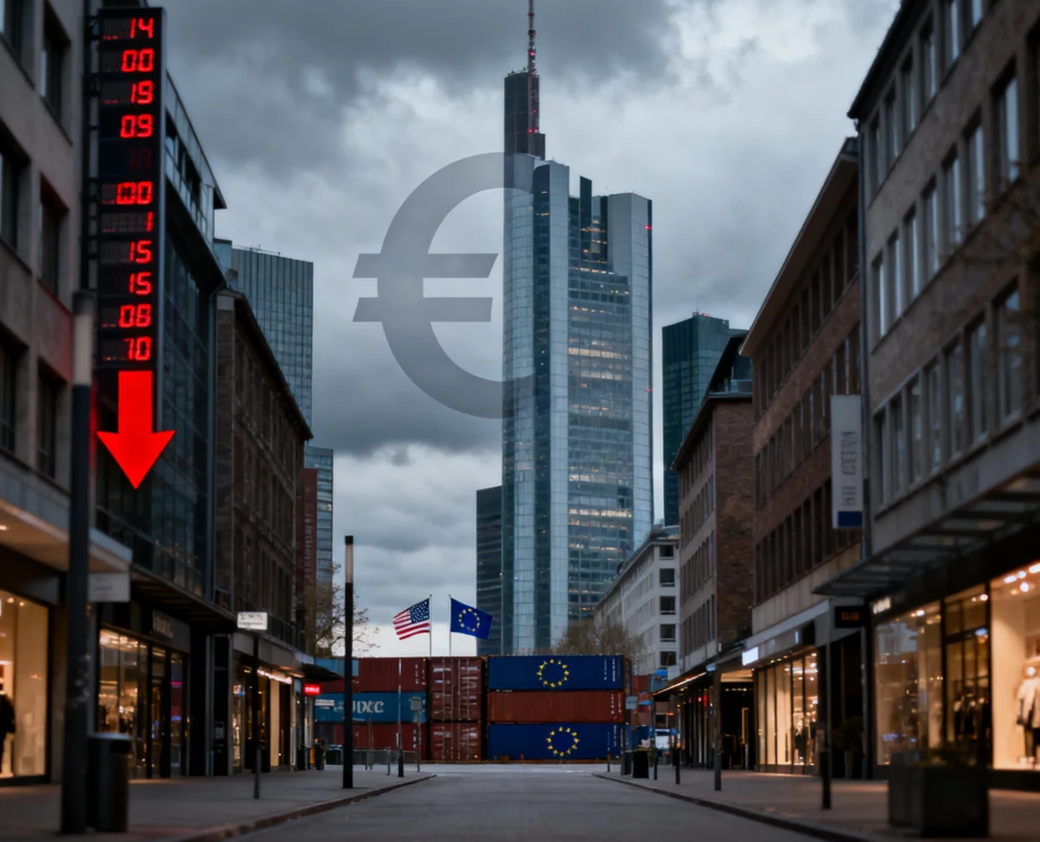Germany’s inflation rate eased more than expected in July, offering a rare dose of relief for Europe’s largest economy as it struggles with sluggish growth and trade uncertainty.
Data released Thursday by the statistics office Destatis showed consumer prices rising just 1.8%, slipping below economists’ forecasts of 1.9% and down from June’s 2% reading. That drop pushed inflation under the European Central Bank’s 2% target, signaling what some analysts are calling a clear disinflationary trend.
Core inflation — which excludes volatile food and energy costs — held steady at 2.7%, while services inflation ticked lower, easing from 3.3% in June to 3.1% in July.

“This data suggests Germany is currently in a phase of disinflation,” said Carsten Brzeski, global head of macro at ING. “We expect headline inflation to remain below, but close to, the 2% mark in the months ahead.”
The figures arrive just as economists weigh the broader consequences of U.S. President Donald Trump’s tariff policies, which have already reshaped trade flows between the U.S. and Europe. Under a deal struck last week, EU goods face 15% tariffs when exported to the United States. Analysts say it’s still unclear whether companies will lower prices in the eurozone to absorb lost U.S. demand or raise them domestically to offset shrinking profits.
Germany’s economy, heavily dependent on exports, is showing signs of strain. Fresh GDP figures released Wednesday confirmed the economy contracted by 0.1% in the second quarter, reversing a modest 0.3% gain in the first quarter.
With inflation cooling but growth faltering, the data underscores the fragile balance Germany must maintain — navigating weaker domestic demand, rising global trade tensions, and questions about how long its industrial base can hold firm under tariff pressure.

Leave a Reply